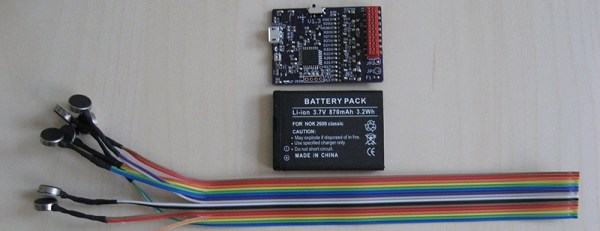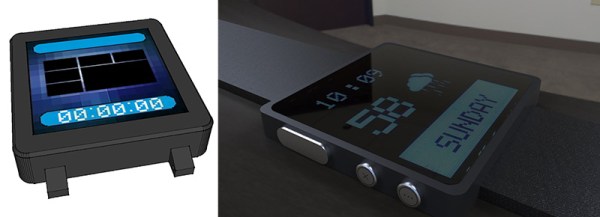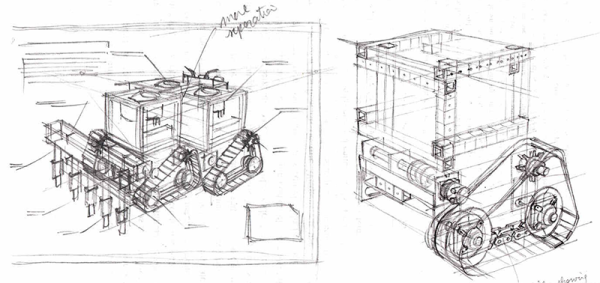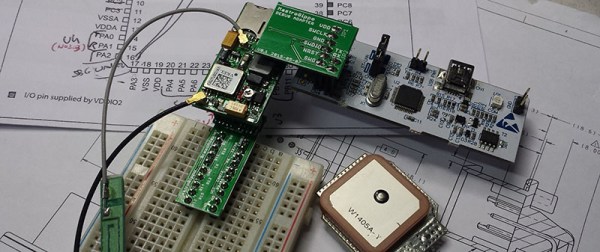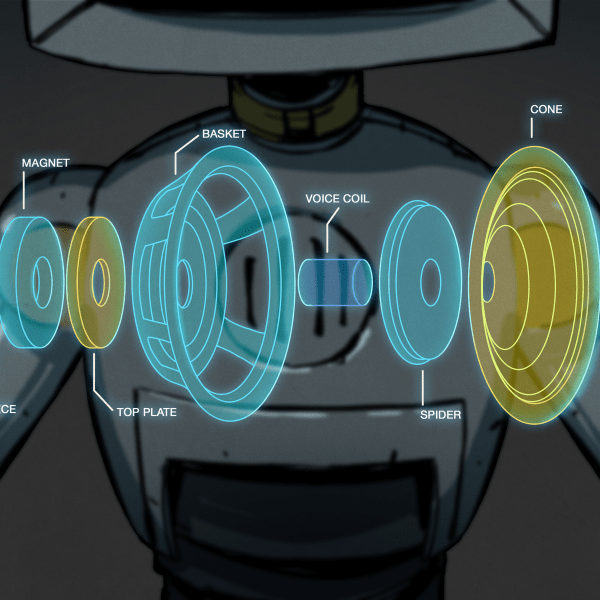There’s far more going on in the environment that humans have the senses to detect. Birds migrate with the help of the Earth’s magnetic field, and certain species of fish can detect electrical fields. For his Hackaday Prize entry, [Sebastian] is giving us a sixth sense. He’s building a device that allows anyone to detect the Earth’s magnetic field and find their way north for the summer.
The initial idea for [Sebastian]’s project came after his father’s inner ear was damaged. The doctor told him his brain needed to be trained to work with only one inner ear. If it works for balance, [Sebastian] wondered, why couldn’t the brain be trained to listen to an extra sensory input?
[Sebastian]’s device is an accelerometer and magnetometer, connected to a microcontroller that drives a few vibration motors. By mounting these motors around an ankle strap, [Sebastian] hopes to train his brain to listen to the magnetic fields.
So far, [Sebastian] has a device that can sense the Earth’s magnetic field and buzzes the motor closest to magnetic north. There’s still a lot of work to do, including filtering the magnetometer inputs, adding a ‘sleep’ mode, and putting Bluetooth functionality on board, but it’s already a very well-designed project.

